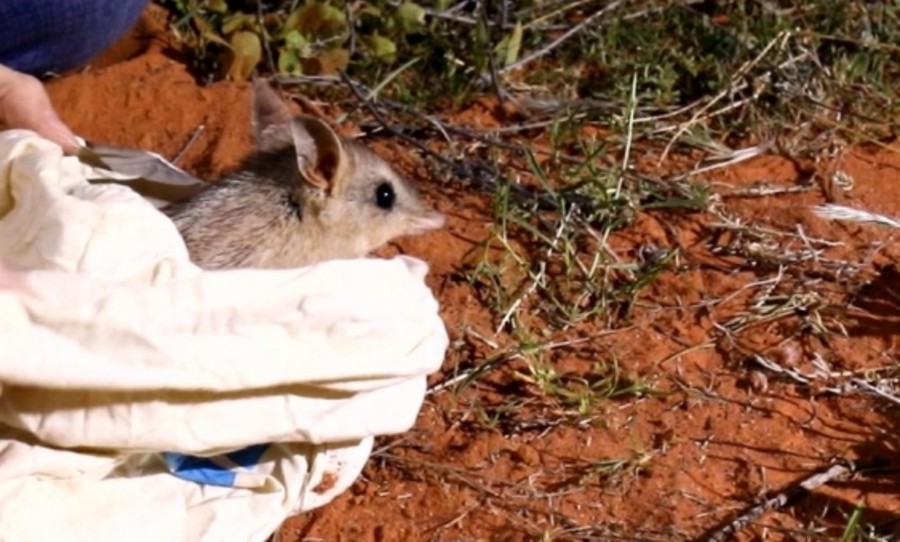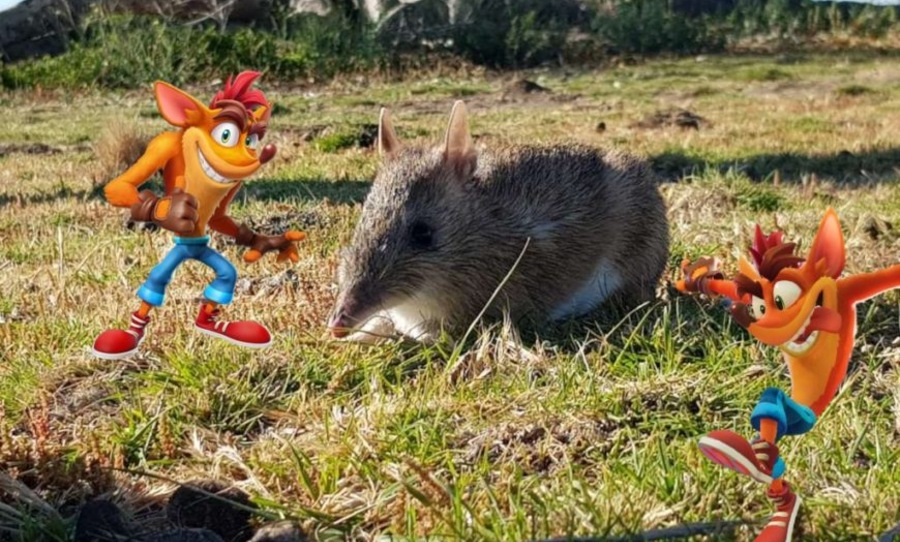Bandicoots have been reintroduced to northwestern NSW, after being absent for over a century. Wish them good luck please, they are shy.
For many, a bandicoot is the arch-enemy of Dr Neo Cortex, who must stop his foe’s plan of world domination.
But bandicoots are actually small, nocturnal marsupials native to Australia and New Guinea, who play an important part in the ecosystem.

Using their front feet to dig for food, they necessarily turn over soil, which allows for greater soil production and nutrient cycling.
Ten bandicoots – who in the local Aboriginal language are called “talpero” – were recently released into Sturt National Park, as part of the UNSW led project Wild Deserts.
Talpero are a nationally threatened species. After introducing cats, foxes and rabbits to their habitats, much of the population became extinct.
Bandicoots were long thought to be one species with five subspecies.
However, recent taxonomic research has revealed each “subspecies” to actually be its own, separate, species.
As a result, only one species is not extinct, the Shark Bay bandicoot.
A self-sustaining population of the remaining species, residing near Roxby Downs, was collected by Wild Deserts, and relocated to Sturt National Park.
This founding population introduced into the area will hopefully thrive in their environment, which has been completely fenced off from non-native animals.
@unswsydneyIts little ears tho 🥺. ##UNSW ##conservation ##wildlife♬ Metamorphosis – Danilo Stankovic
UNSW media explained that the bandicoots’ environment will change as they get comfortable in the area.
“These exclosures in the wild work as ‘training zones’, where reintroduced vulnerable species can learn to live in the wild without dangers from predators like cats and foxes.
When their populations start thriving, the animals will be released into a second training area with predators, where they will learn to become predator-smart“, says UNSW media.
UNSW’s ecologist Dr Rebecca West highlighted that recent rains have been excellent for the Wild Deserts project.
“The season has been tremendous out here with the rains we had last year and then again in March,” she says.
“These rains have helped create a highly productive system that is excellent for the reintroduction of this species.”
Last year, the Wild Deserts team reintroduced bilbies and mulgaras into the national park. Hopefully, they will welcome the talpero population as old friends.
Watch bilbies being released last year below.



